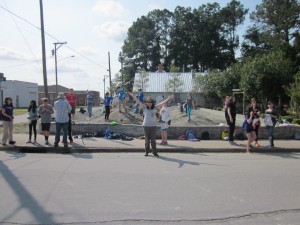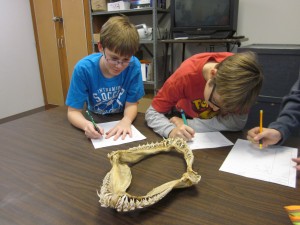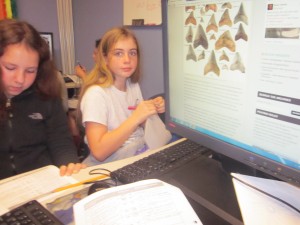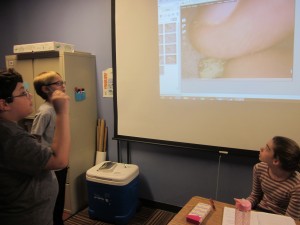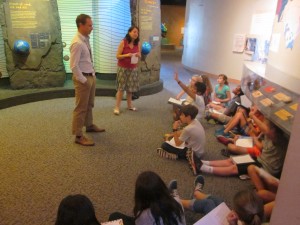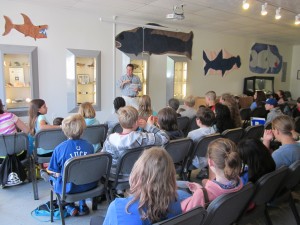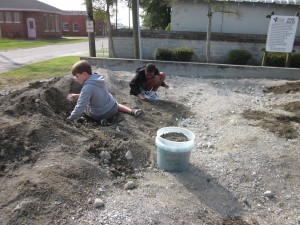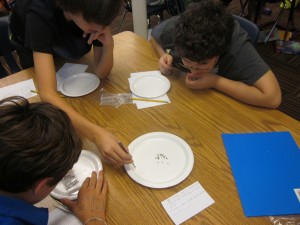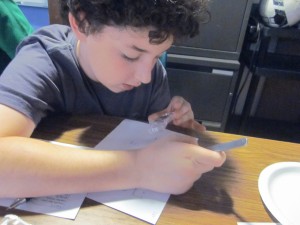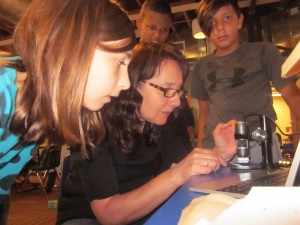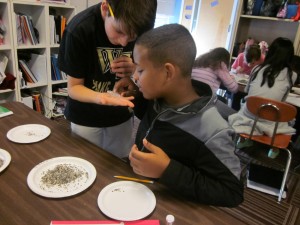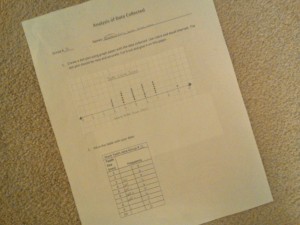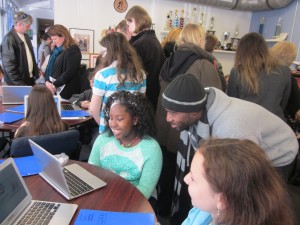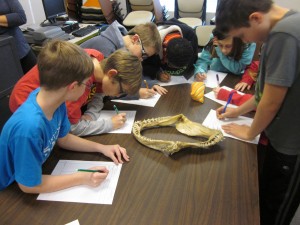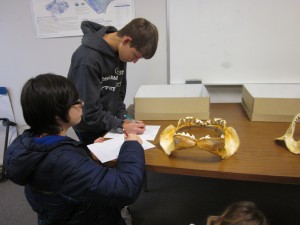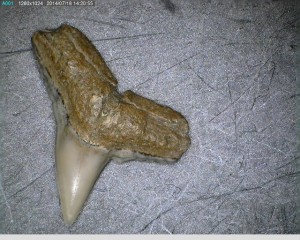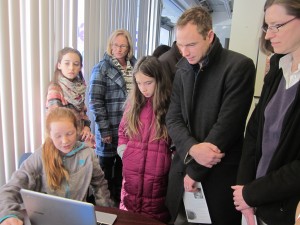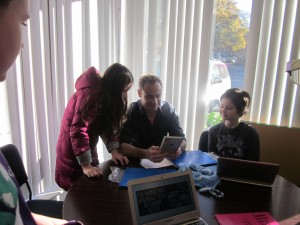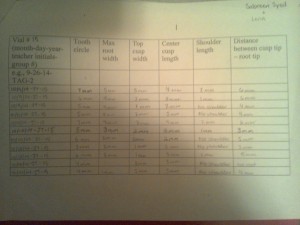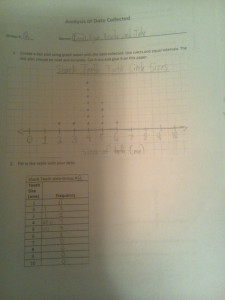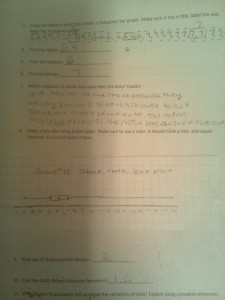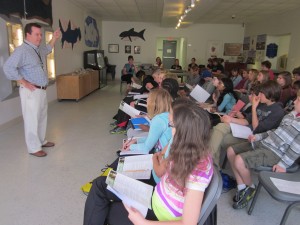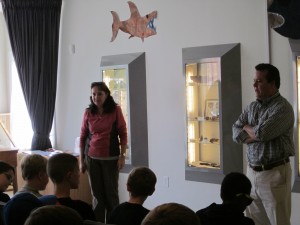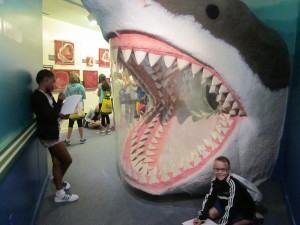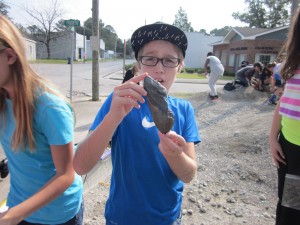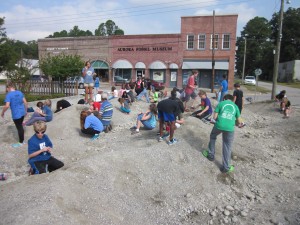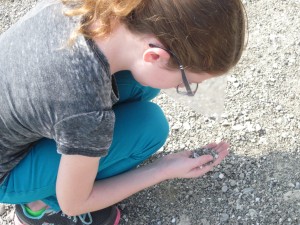Before writing this last assigned blog I was feeling nostalgic of the year gone by. What a wonderful year! While I blogged, I had the opportunity to reflect on what I was doing, how I was doing things, and how I was working with my students. This blogged helped me in that: REFLECT. I had to stop everything else to complete the blogging assignments, and that helped each month, on going back on what I have done, and how to continue improving. Just few times I wrote a blog which wasn’t part of an assignment and that felt great, too. I wanted to share accomplishments or thoughts that came up through my Kenan Fellow experience. And I want to continue blogging, sharing more future accomplishments or reflections with other fellows. I am not sure how often I will do that but hopefully I will lead myself to stop, sit, and write for a moment.
I have always wondered how many of the Kenan Fellows read my blogs, or does anyone reads them at all, besides Craig? Honestly, I haven’t had the time to sit and read many of the other fellows blogs, and wish I had had the time. I had only read a few through the year. It would be nice to start a dialog and conversations through the blogs. When I read blogs from others, I felt assured of what I was doing as a Kenan Fellow, which was nice to feel because sometimes there was uncertainty; by reading them I felt I was where everyone was at that moment.
It would have even be great for my students to read the blogs I was writing….
